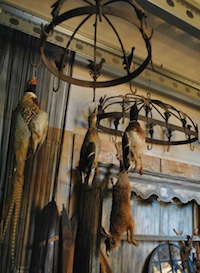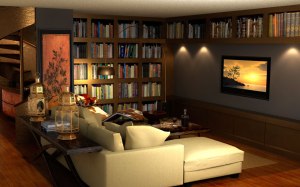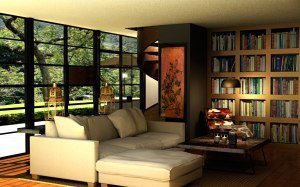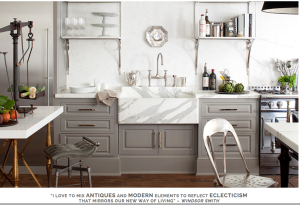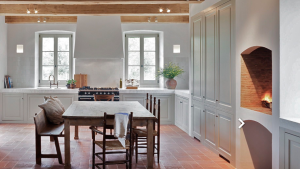Design: Alvar Aalto
In a few weeks, New York’s Bard Graduate Center Gallery will open Artek and the Aaltos: Creating a Modern World, the first exhibition in the United States to examine pioneering Finnish design company Artek (founded in 1935) alongside the practices of its two architect co-founders, husband and wife team, Alvar Aalto (1898–1976) and Aino Marsio-Aalto (1894–1949). The aim of the exhibition is to shine a light on Artek’s under-recognized and multifaceted mission, which far exceeded the manufacturing of bentwood furniture, for which the brand is best known.
Organized in collaboration with the Alvar Aalto Foundation in Helsinki, Artek and the Aaltos: Creating a Modern World will feature approximately 200 works—many never before exhibited publicly—including architectural drawings, drawings and sketches for interiors and furniture, paintings, photography, furniture, glassware, lighting, and textiles. Of special interest is the unprecedented number of original architectural drawings from the Aalto Foundation, as well as photographs, sketches, and drawings from the Aalto family and from the Artek archive.
Among the most important of these are Aino Marsio-Aalto’s student sketchbooks; drawings by Alvar Aalto of his wife; and a small selection of signed photographs by László Moholy-Nagy (1895–1946), which he sent to Alvar Aalto after visiting the Aaltos in Finland in 1931. Also on view are a recently discovered copy of Aino Marsio-Aalto’s travel diary, long thought lost, which she kept while visiting Brussels, Paris, and Zurich in the months just before Artek was founded; unpublished drawings for the Sunila Pulp Factory (1936–37), Villa Mairea (1938–39), Säynätsalo Town Hall (1950–52), and the Kaufmann Conference Rooms in New York City (1961–63); and a rare group of bentwood furniture by Alvar Aalto from a private collection in Finland with original finishes and colors. Additional loans will reveal the range of interior projects that Artek received independently of Alvar Aalto’s office, such as the highly ambitious Helsinki Airport, a two-phase project begun in 1938 and completed in 1948.
“This project,” said BGC curator Nina Stritzler-Levine, “provides a rare opportunity to reveal the contribution of a pioneering woman architect and a pioneering architect couple. Remarkably, Aino Marsio-Aalto and Alvar Aalto’s practices closely resemble the working life of architect couples today. Moreover, their vision has a particular relevance in contemporary design, architectural, and art discourse because the Artek mission eliminated hierarchies in art practices, as well as advocated standardization, which argued against novelty in favor of finding variety and diversity through spatial distinctions, color, texture, and composition.”
Artek and the Aaltos: Creating a Modern World will be on view at the Bard Graduate Center Gallery in New York City from April 22 through September 25, 2016.
* All images courtesy of Bard Graduate Center Gallery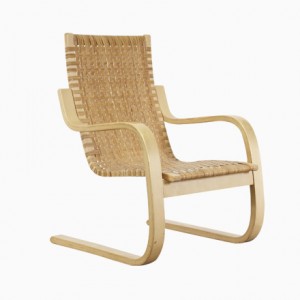
A (Huge) Room, in Venice, CA, With A Worldly View
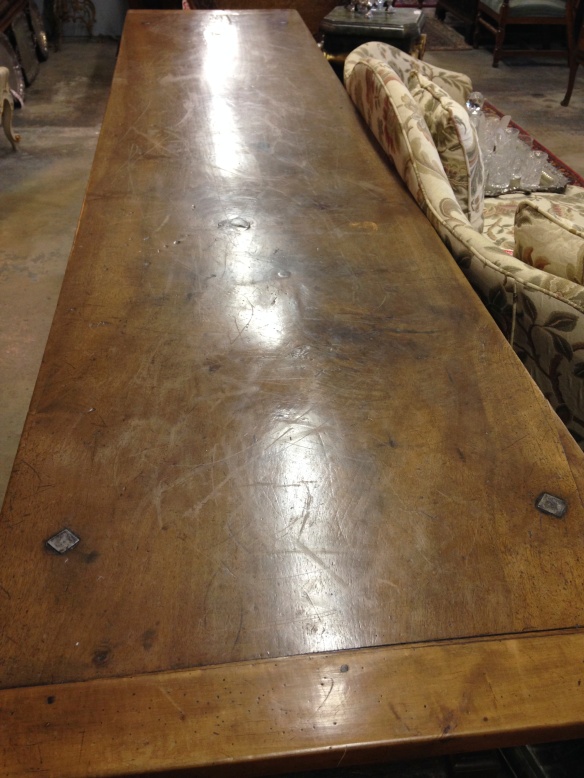
Begin with the ultimate 18th century Italian farm table
Add unique, rare, extraordinary European furnishings, decor, rugs, mirrors and art at 50% – 80% below retail. It’s all here. In LA. Don’t Miss The Boat.
Belgian Chocolate Mousse…a la my Favorite Antiques Dealer in Belgium
Bokhara – Traditional Turkoman Design
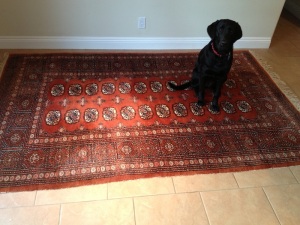
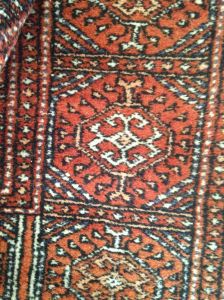
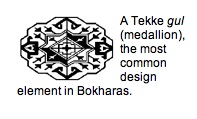
There are so many varieties of handmade rugs. Each design is steeped in tradition, reflecting the region it comes from. Rugs can be identified by the pattern and design, as well as the colors used to create the pattern. This rug is a hand-made wool and cotton Turkoman tribal rug, featuring “Tekke” gulls medallions. It is a fascinating glimpse into the past. (Dog not included.)
Please don’t,”fly off the hook,” when you read this!
It would be nice to think these cast iron hooks are simply decorative. In reality, they have been used for hundreds of years throughout Europe and, in particular, French kitchens. Yep, these birds of a feather are giving their all as part of a memorable meal for some very fortunate folks just outside of Toulouse…so, that’s what’s fresh for dinner. Bon appetite!
Now That’s A Flat Screen!
Let’s face it. European interior design is simply different. Wonderfully so! It’s the subtle details; the paired overhead lights, the shape of the pillows, the framed screen and mid-century chaise, well-placed in this contemporary room and, adding just enough color and “age” to warm up the entire space. Geweldig!
Should I paint My Ceilings White?
In my opinion, this is a supreme example of when you paint your ceilings white; when they are so pretty that you want to draw attention to them. Otherwise, the ceiling is the 5th wall. Typically, what looks best is to paint it a few shades lighter than the wall color. This way there is no dramatic and obvious “line of demarcation” between the room and the ceiling.
(So, there’s a firm opinion—do with it what you will!) 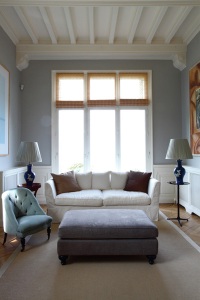
Dream-Worthy Kitchens in Europe
King Gustav’s Impact on Swedish Furniture Design, “Nu brannier attractive!”
Gallery

This gallery contains 2 photos.
While visiting Versailles during his reign from 1771 to 1792, Swedish King Gustav III just fell in love with the French aesthetic. The look needed translation though. Sweden is very far north and different materials were available to furniture craftsman; … Continue reading
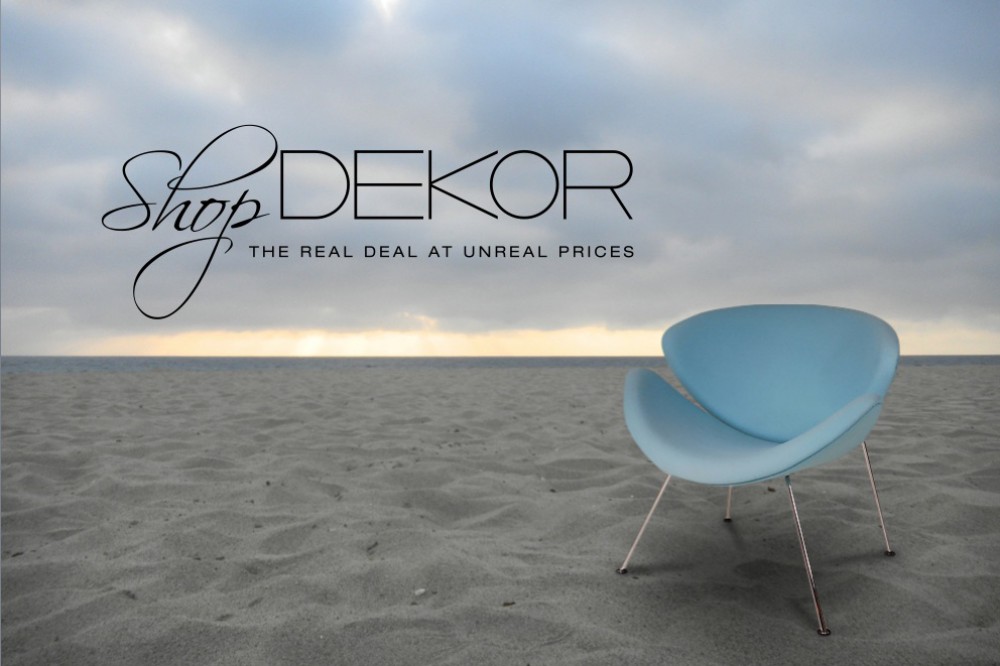
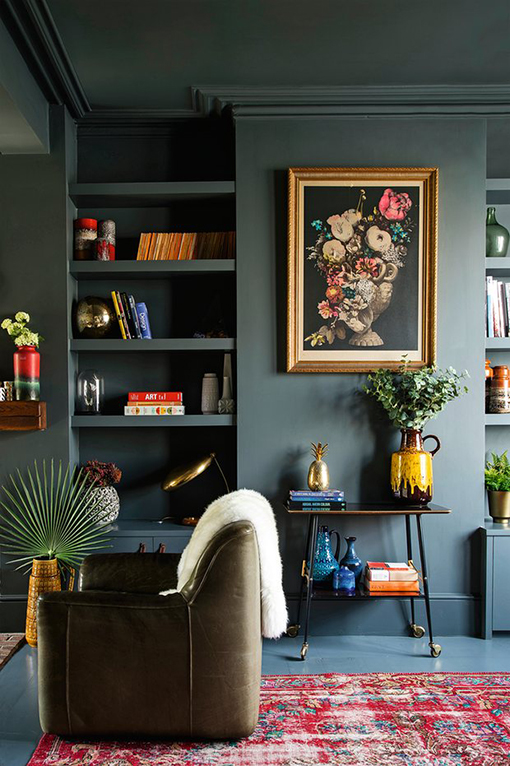
 Alvar Aalto. Savoy Restaurant, Helsinki, interior sketch, 1937Image courtesy of Alvar Aalto Museum
Alvar Aalto. Savoy Restaurant, Helsinki, interior sketch, 1937Image courtesy of Alvar Aalto Museum Aino Marsio‐Aalto and Alvar Aalto on their honeymoon, October 1924Image © Aalto Family Collection
Aino Marsio‐Aalto and Alvar Aalto on their honeymoon, October 1924Image © Aalto Family Collection
























